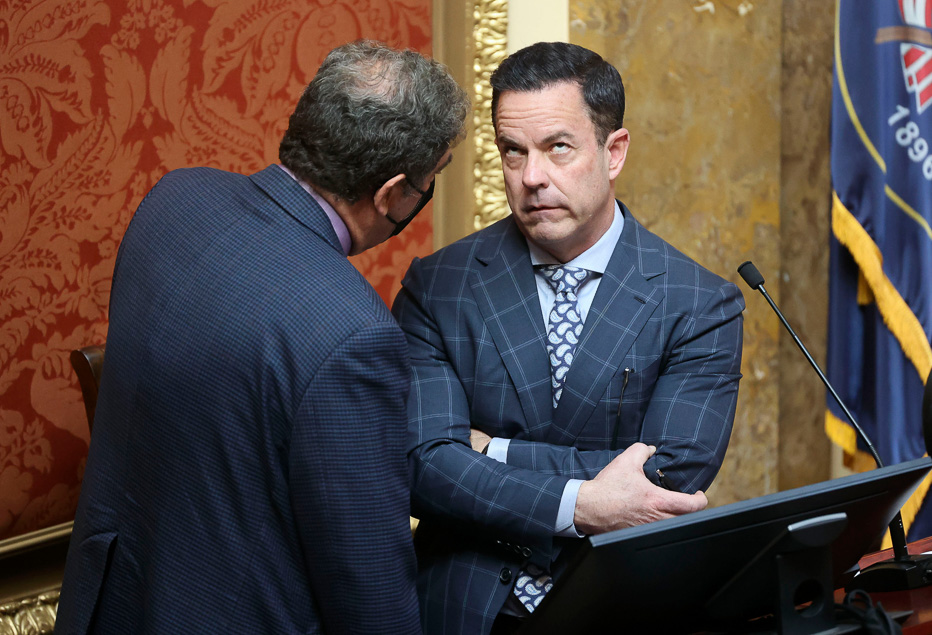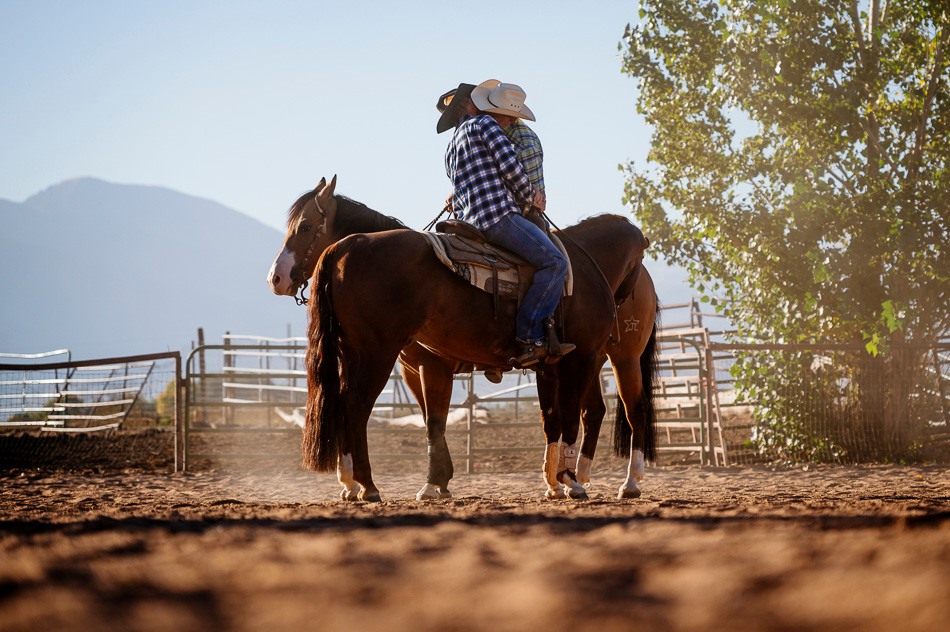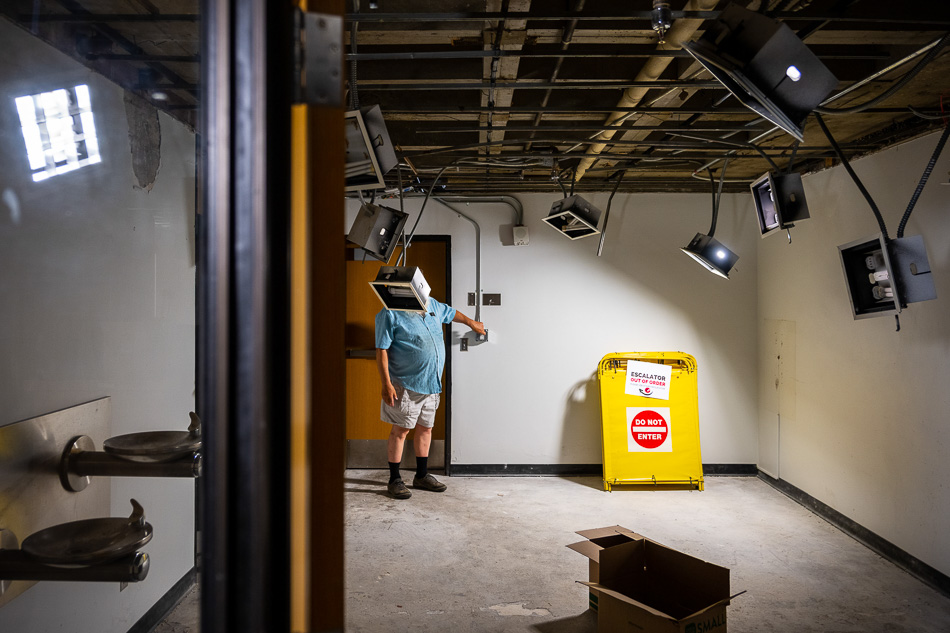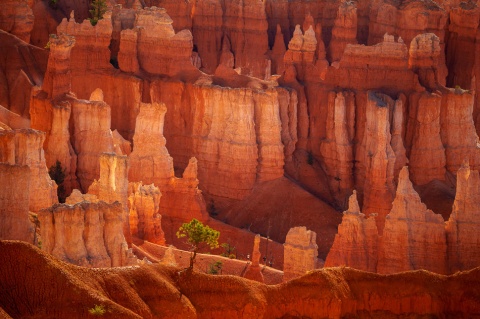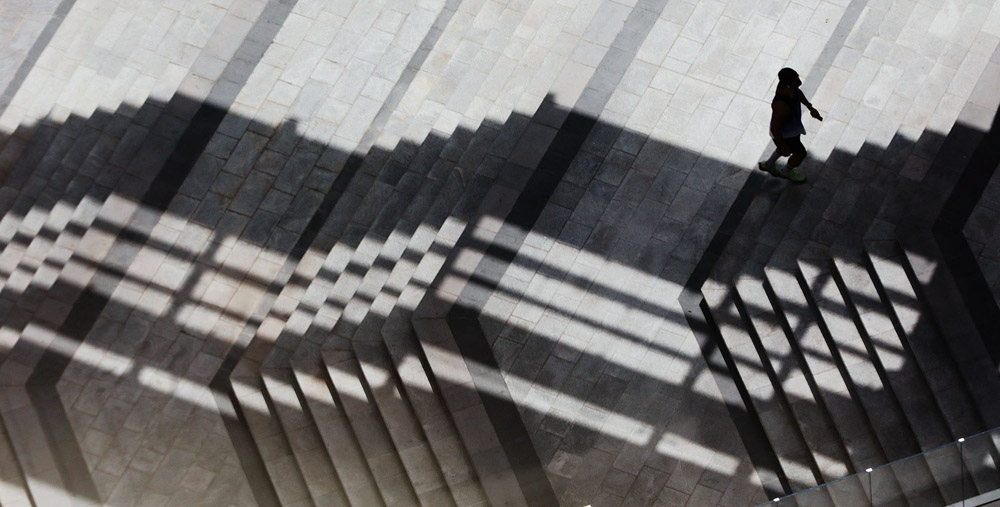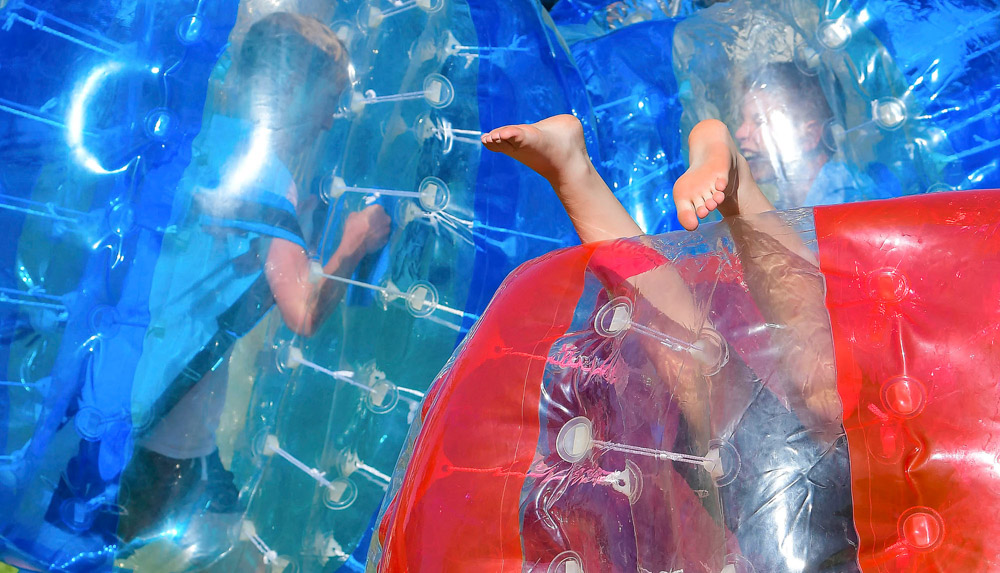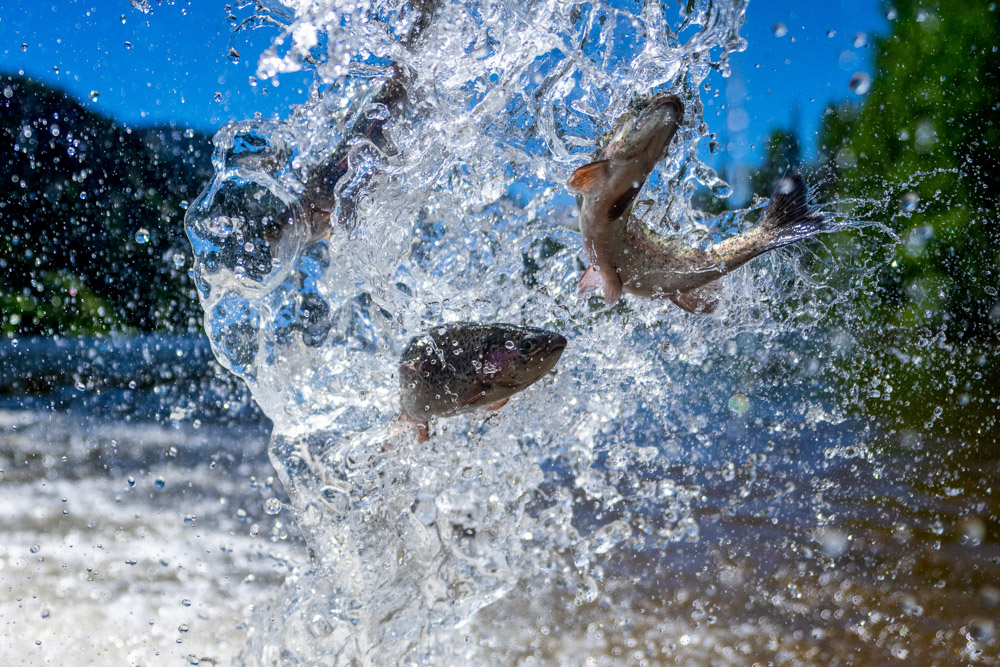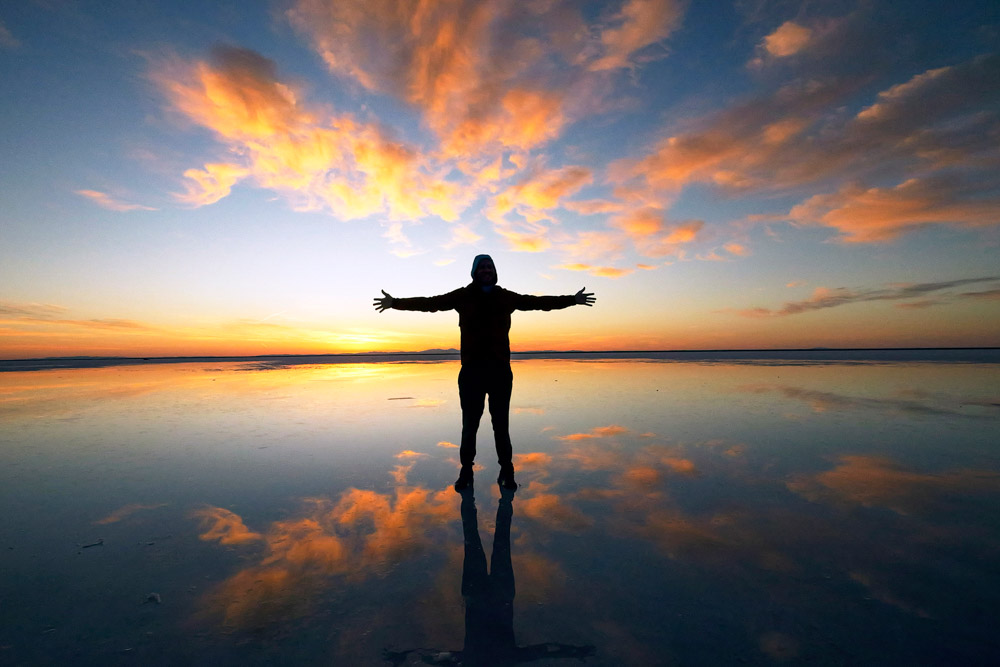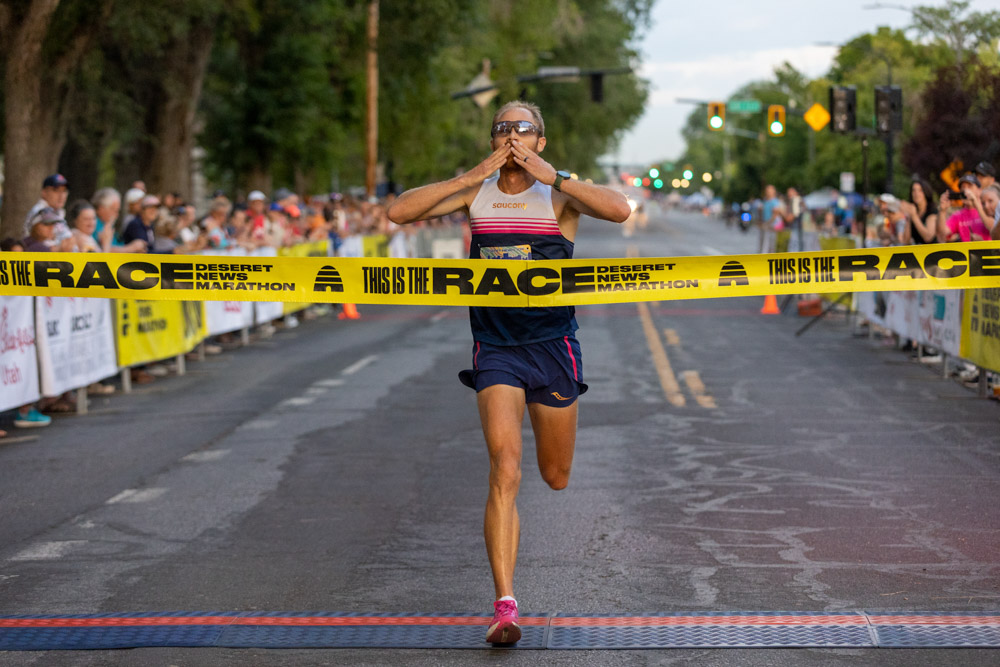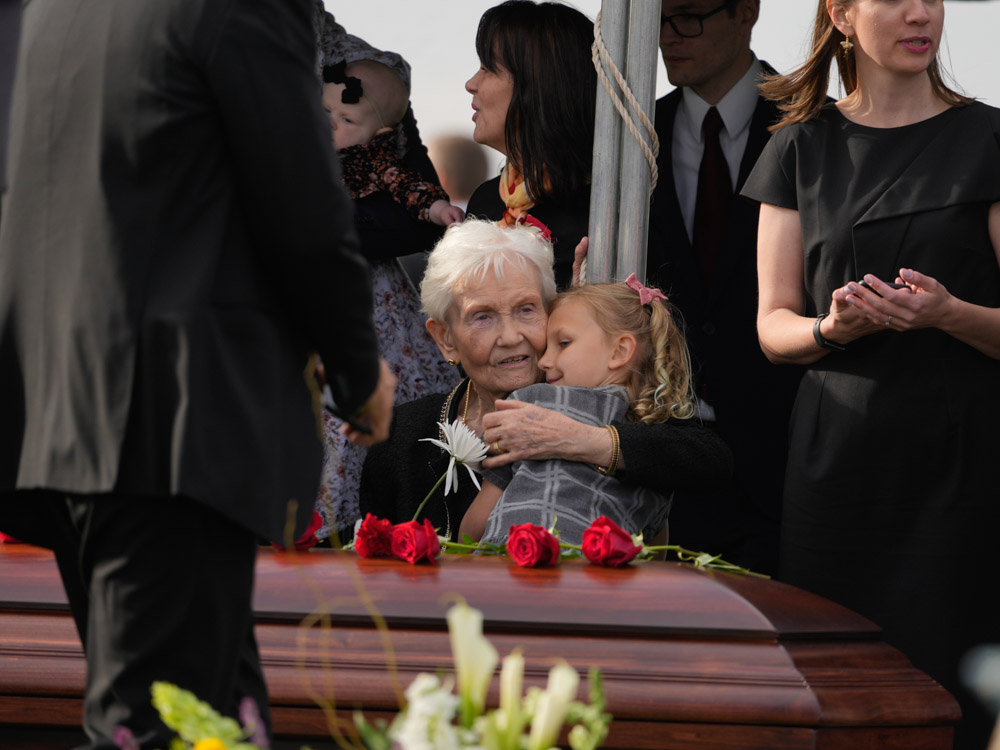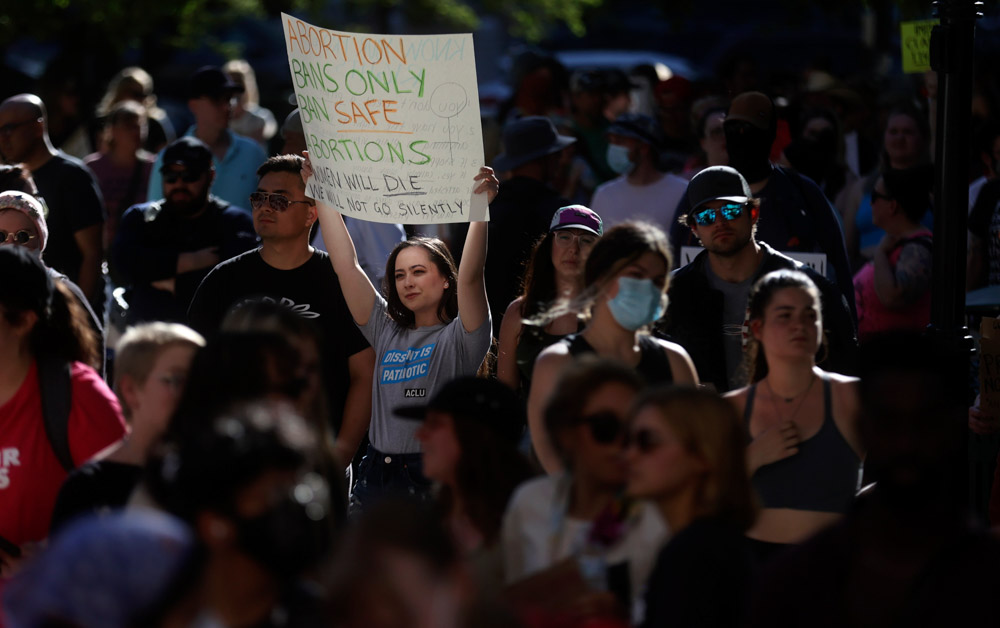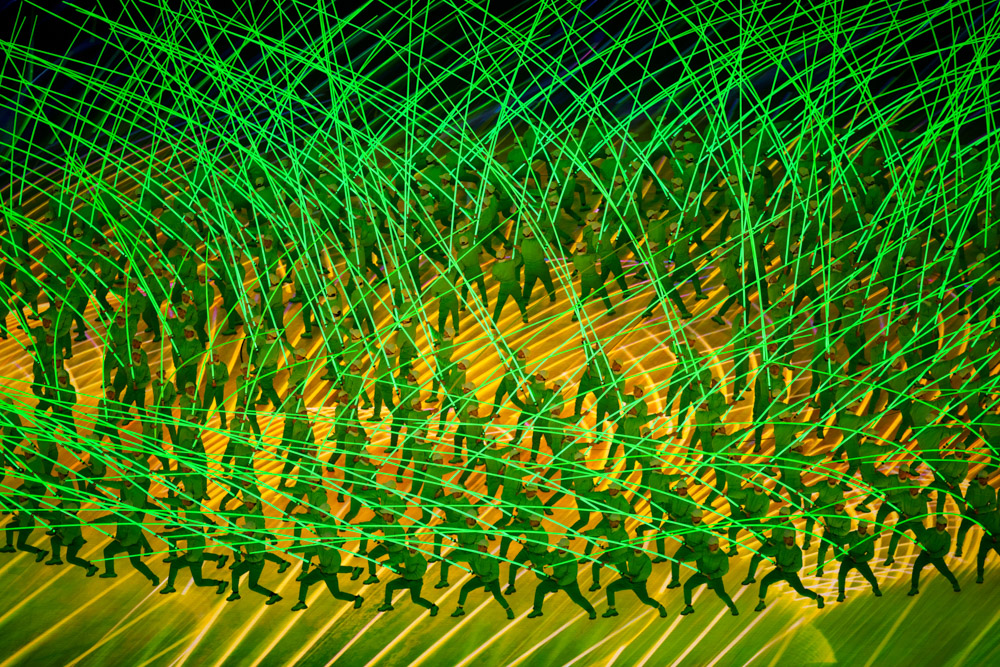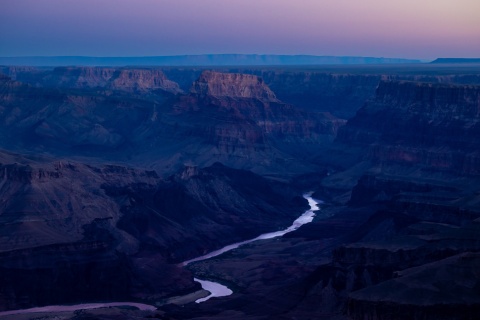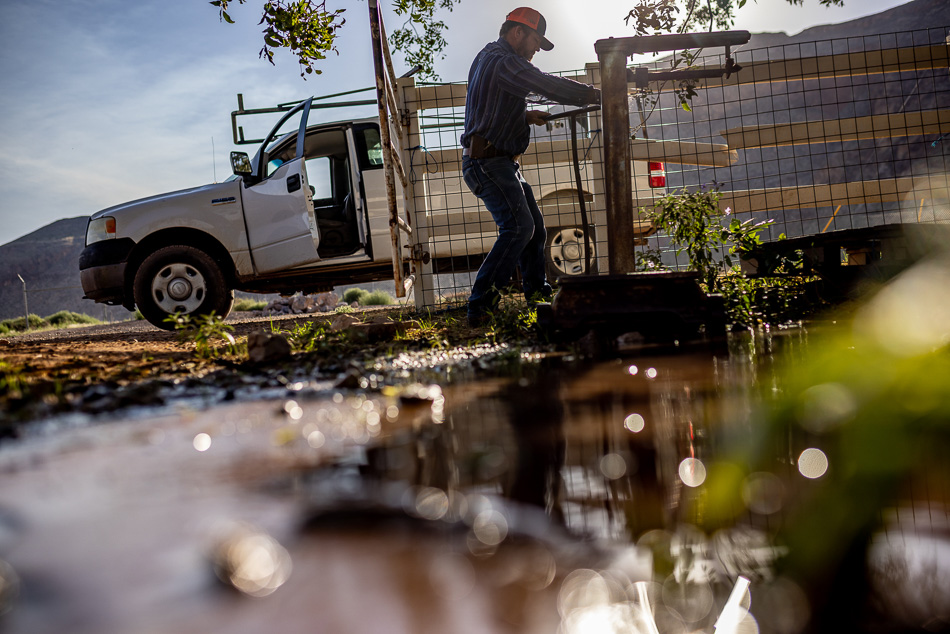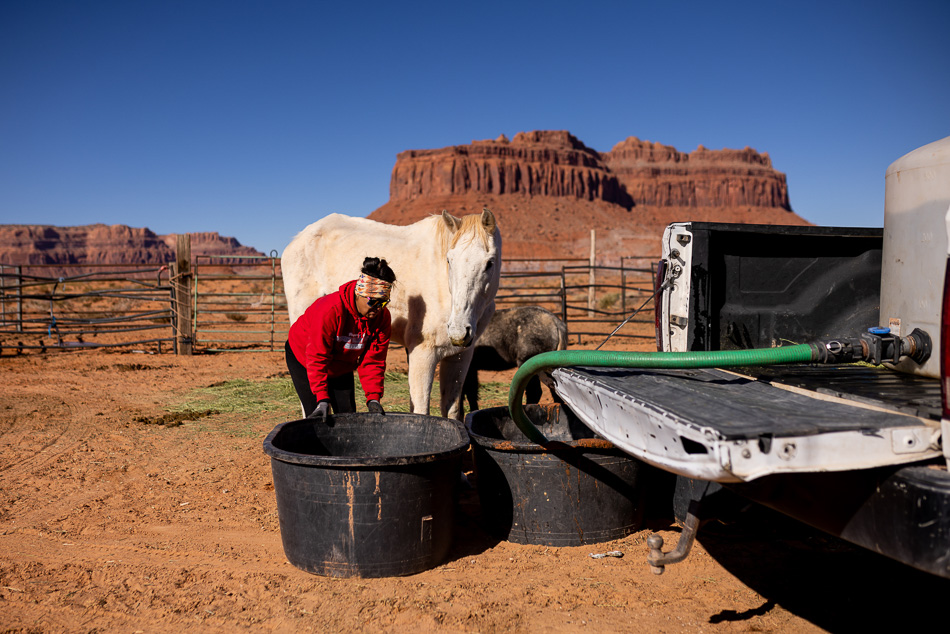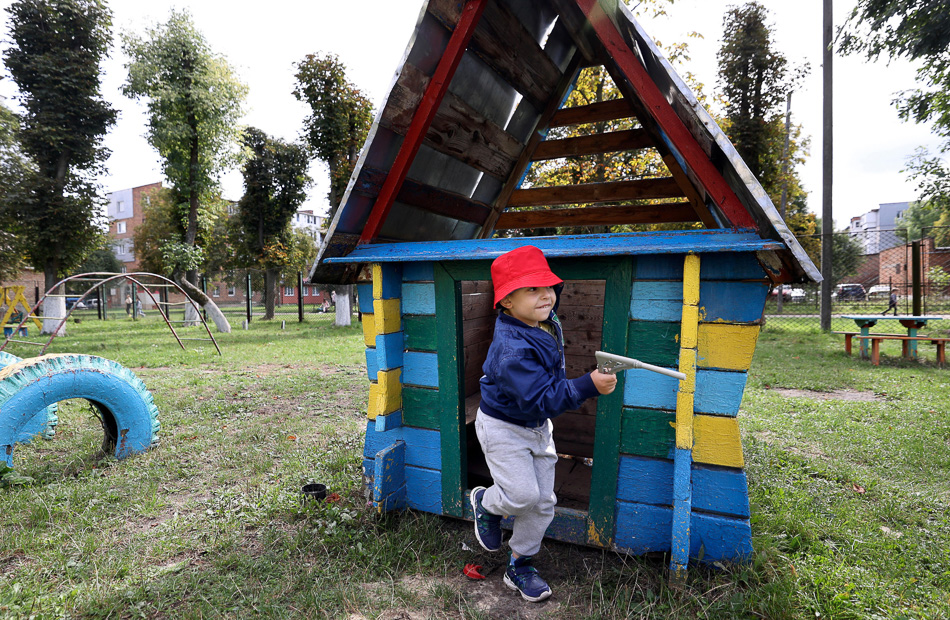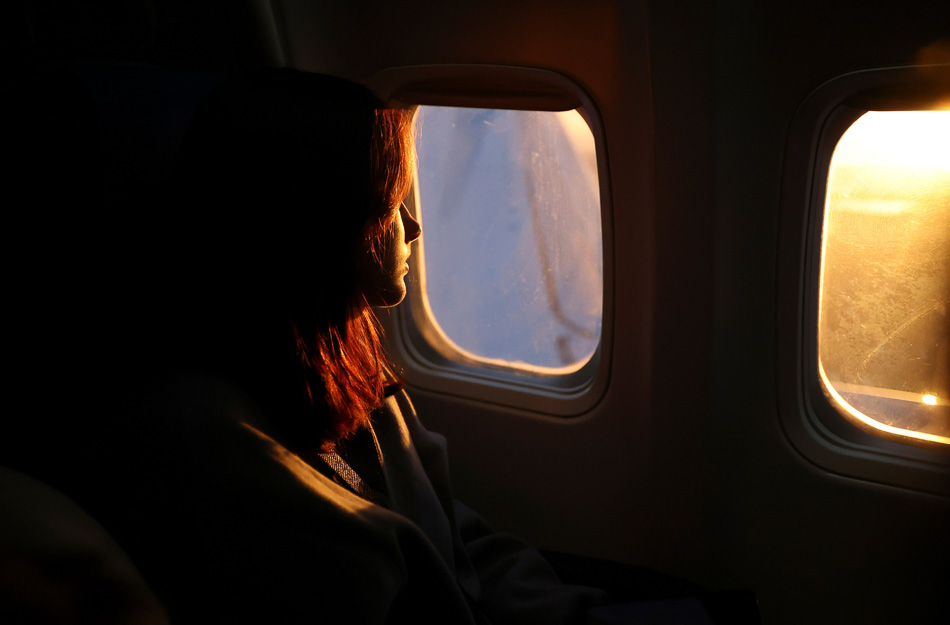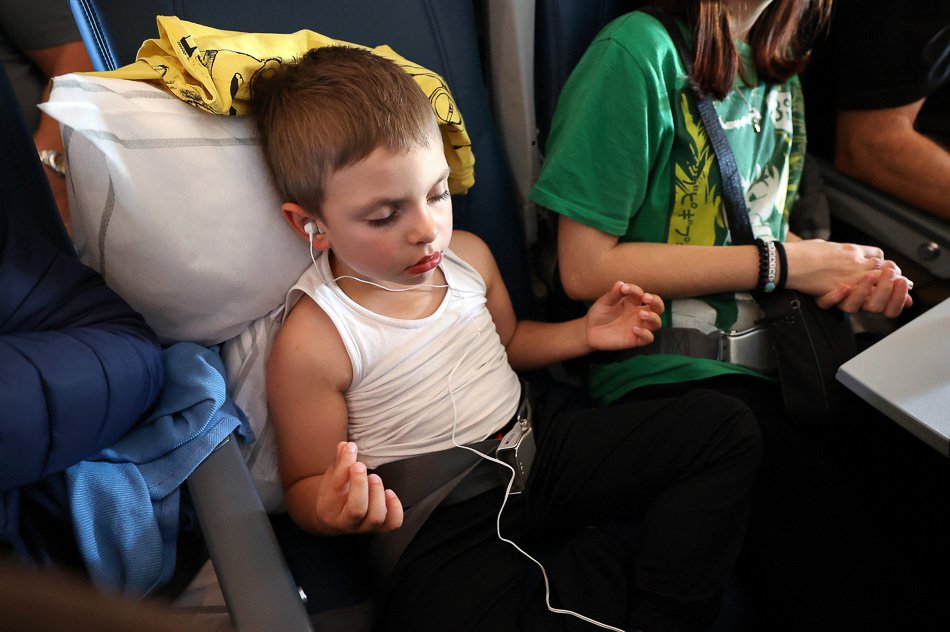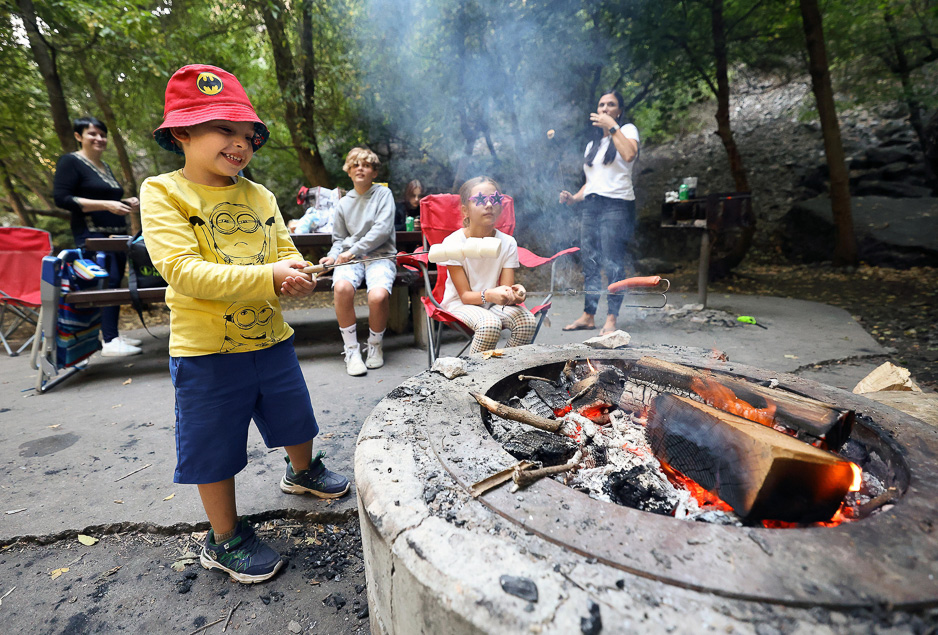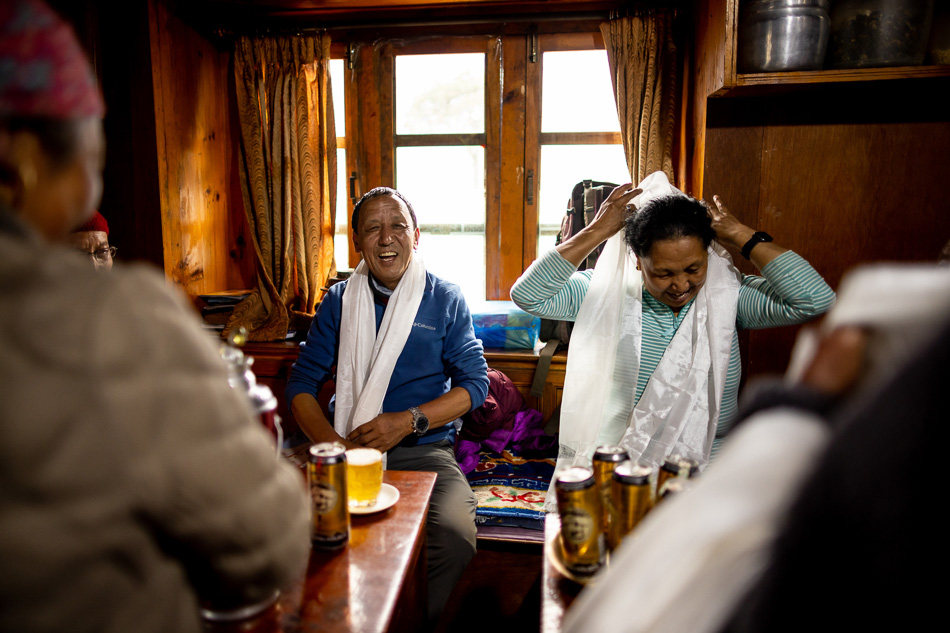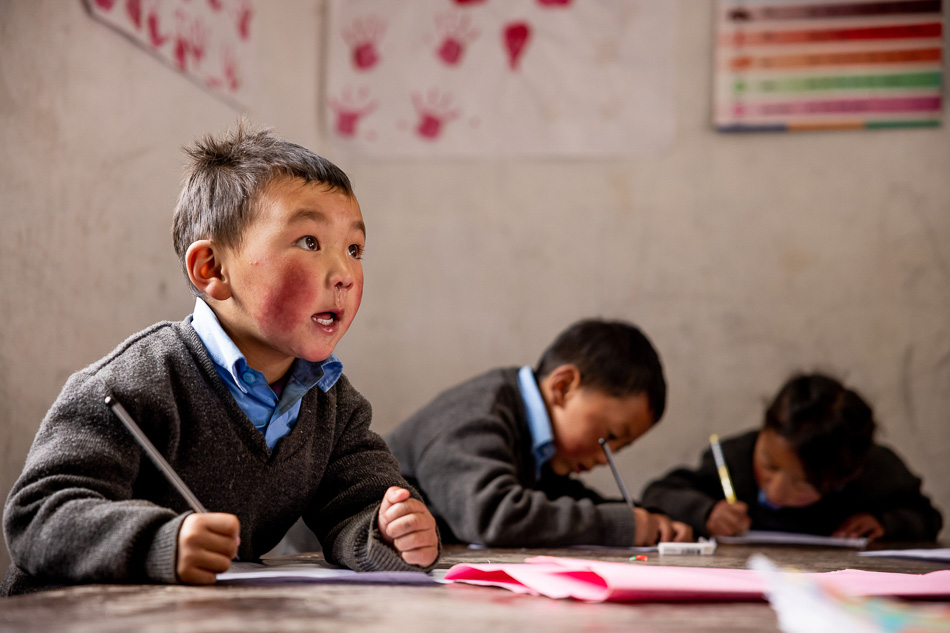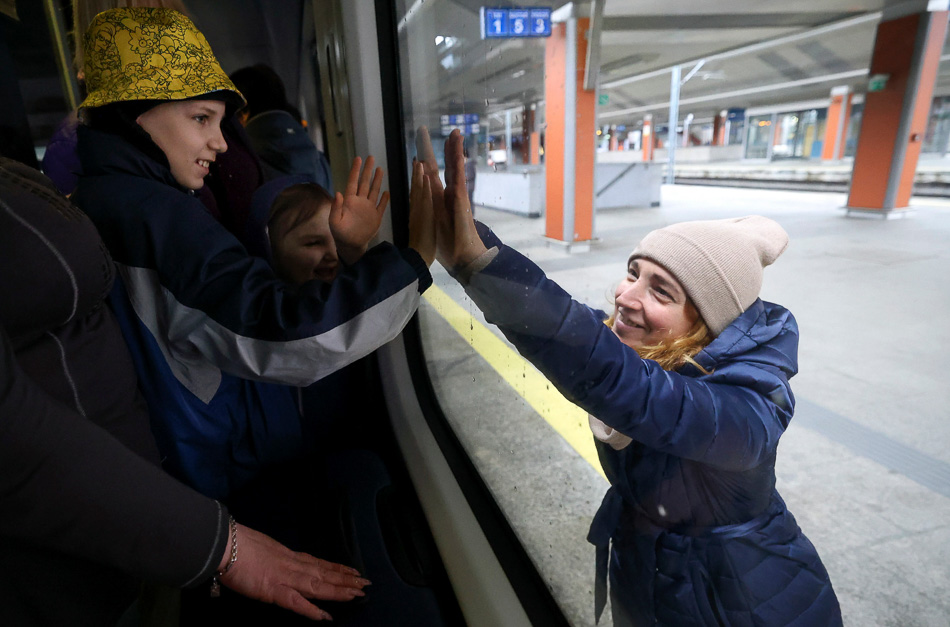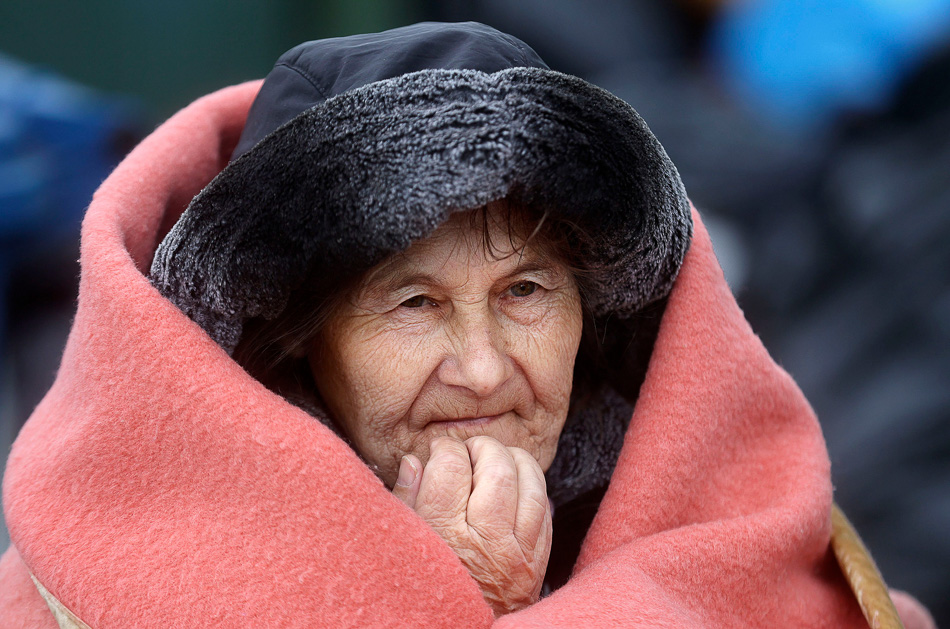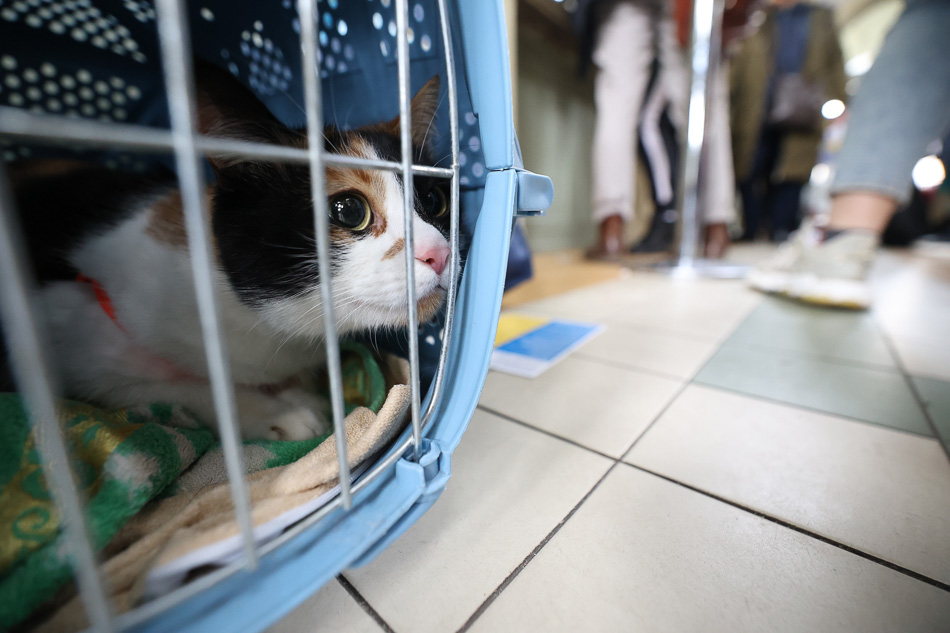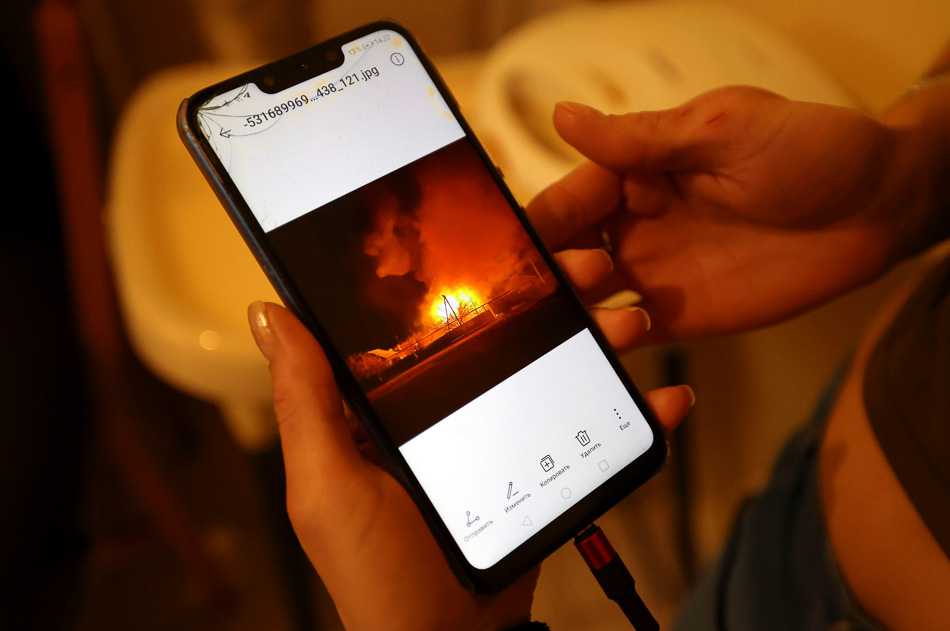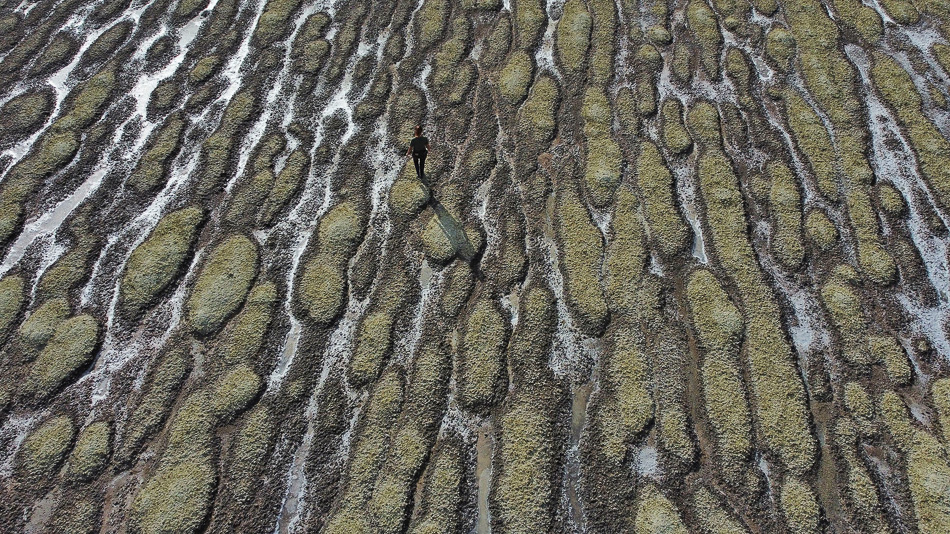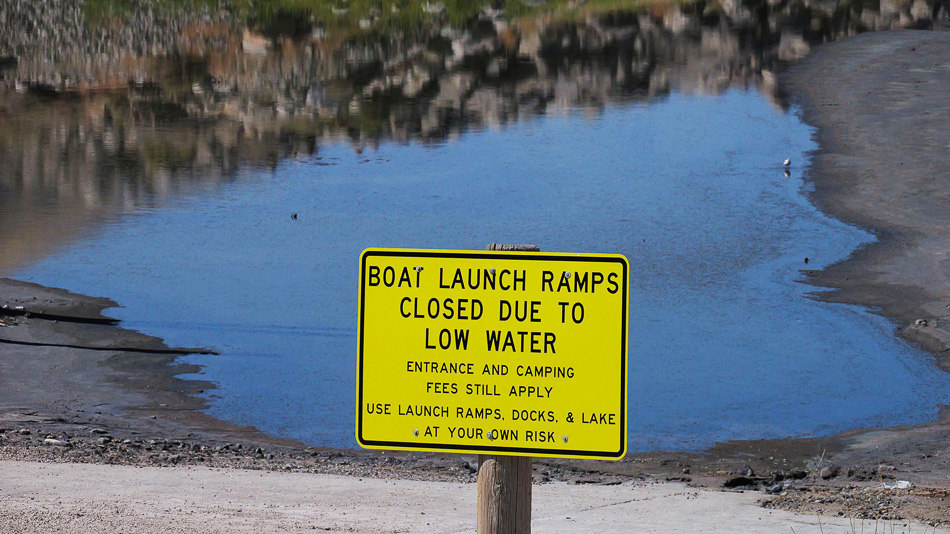judged by Sarahbeth Maney – @sbmaneyphoto – judge’s comments are below
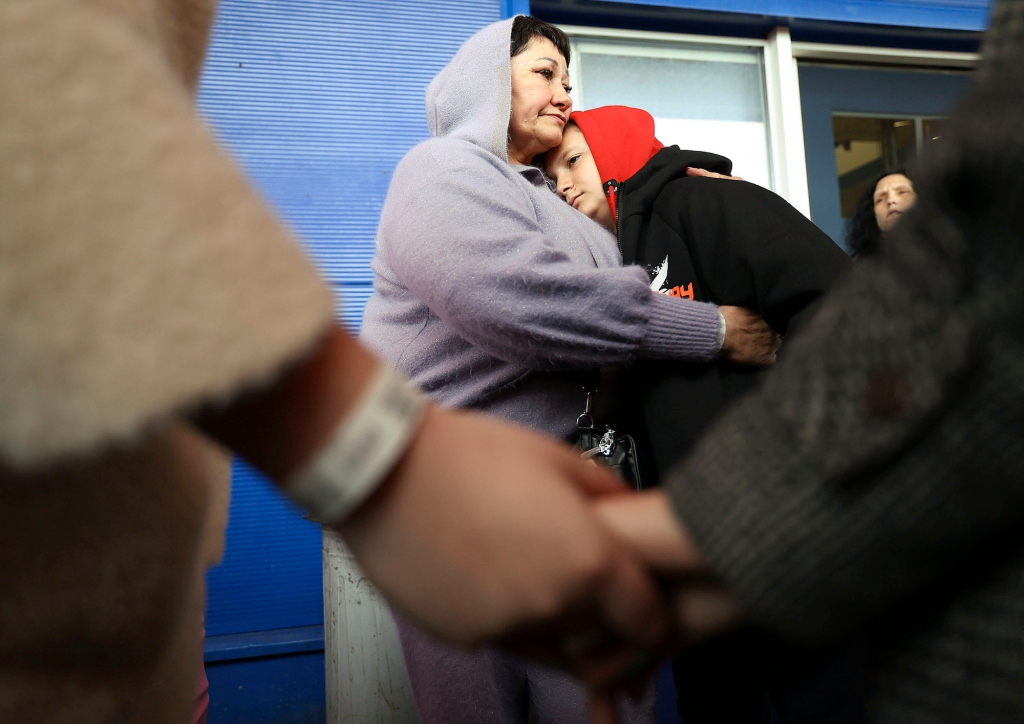

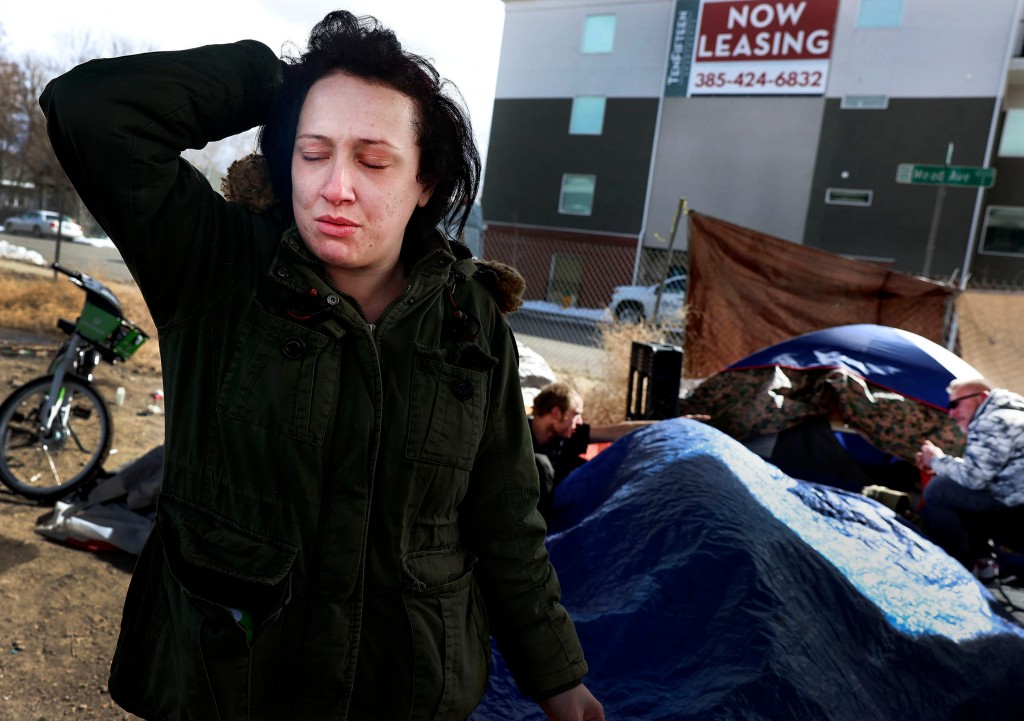
Judge’s Comments:
All of the images were so impactful and thoughtful. My choices were based on the aesthetic/feeling of the photo and then story/caption details.
1. Poland refugees – This image immediately caught my attention because of the colors and smart layering, which shows the photographer most likely took their time composing this image in a busy environment. Beautifully done.
2. Foster care – I also love the layering in this image and how they photographed through the door frame, showing how tiny the bedroom is. I wish the photographer was pulled back just a bit more, so I could see more of Matthew cleaning up the tea party. This image tells such an important story about foster care and was head to head for number one.
3. Housing shortage – This image made me want to know more about Natasha’s story. The framing in this image is very dynamic and it’s so compelling to see this homeless encampment beside a new apartment building. I wish there were more details or a quote from Natasha included in the caption.



